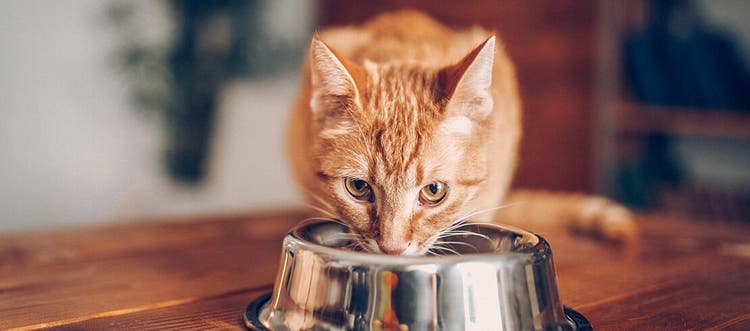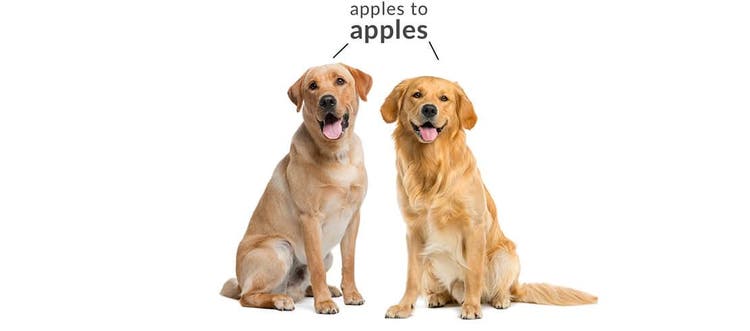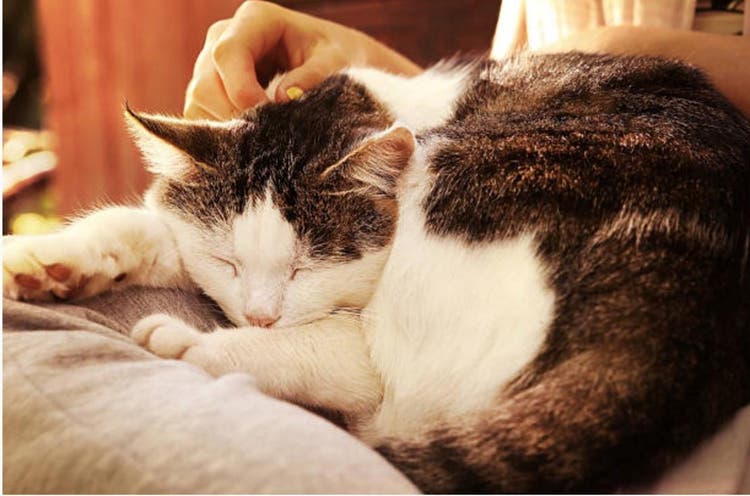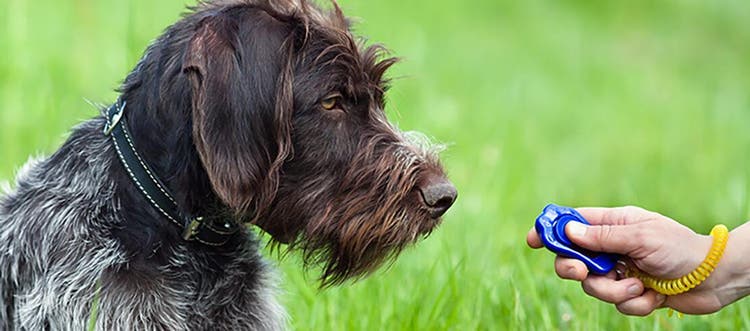It’s not the most enjoyable task for a pet parent, but regularly checking your cat’s or dog’s droppings as you clean it up can help you monitor their health.
While unpleasant and smelly, cleaning up your dog’s or cat’s droppings can give you insight into the health of your pet.
Get familiar with what is normal for your pet – the frequency, consistency and colour of their faeces – as well as how easy or difficult it is for them to pass a stool. This guide will help you understand what changes to look for, allowing you to recognise health problems in your dog or cat early on and get a quick diagnosis and treatment.
Frequency: How often does your pet defecate?
Most pets will defecate once or twice a day, but every dog and cat is different, so going more or less often could be normal for them.
You should talk to your vet if:
- Your pet defecates more or less often than usual
- It’s continually trying to go without success
Consistency and colour: Does your pet have healthy-looking stool?
Changes in consistency from day to day can be completely normal for dogs, depending on their diet. Talk to your vet if your dog’s stool is runny, contains blood or mucous.
The colour of your pet’s faeces will probably be a shade of brown, but it can also be lighter or darker, or even flecked with different colours, depending on the food they’ve eaten.
Talk to your vet if your pet’s stool is:
- Black or red: This may be a sign of bleeding within the gastrointestinal tract.
- Green or very pale in colour: This may indicate a problem with the liver or pancreas.
Signs of worms: Does your pet have an intestinal parasite?
If you’ve never seen worms in your pet’s stool, it doesn’t necessarily mean they don’t have parasites. Healthy, adult worms remain in the intestines and typically only appear in faeces if they’re dying or dead, or if so many worms are present in the intestines that they ‘abandon ship’.
Adult worms release their eggs into your pet’s faeces, but most worm eggs are microscopic and can’t be seen by just looking at a pet’s stool. The exceptions are tapeworms, which have a segmented body and regularly shed whole, visible, egg-filled body segments in the faeces. These body segments can still be wriggling when they’re passed and look like a moving cucumber seed or grain of rice either in the stool or stuck to the hair around your pet’s rear end, causing irritation.
Overall, if your pet exhibits any of the follow signs, save a sample of its stool and take it and the pet for a vet examination:
- Bloody stool
- Diarrhoea (that lasts more than one or two days)
- Worms in stool
- Tapeworm segments that look like small, moving grains of rice
- Scooting on their bottom or other signs of discomfort
Vets can process a faecal sample to concentrate worm eggs or protozoan cysts and identify them with a microscope.
Protect your dog or cat from worm infestations – and treat existing infestations –with Advocate®.
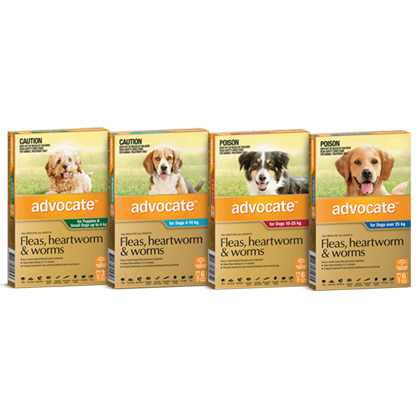
Advocate for cats and dogs
Give your pet fast-acting protection against fleas, worms, heartworm and other parasites

